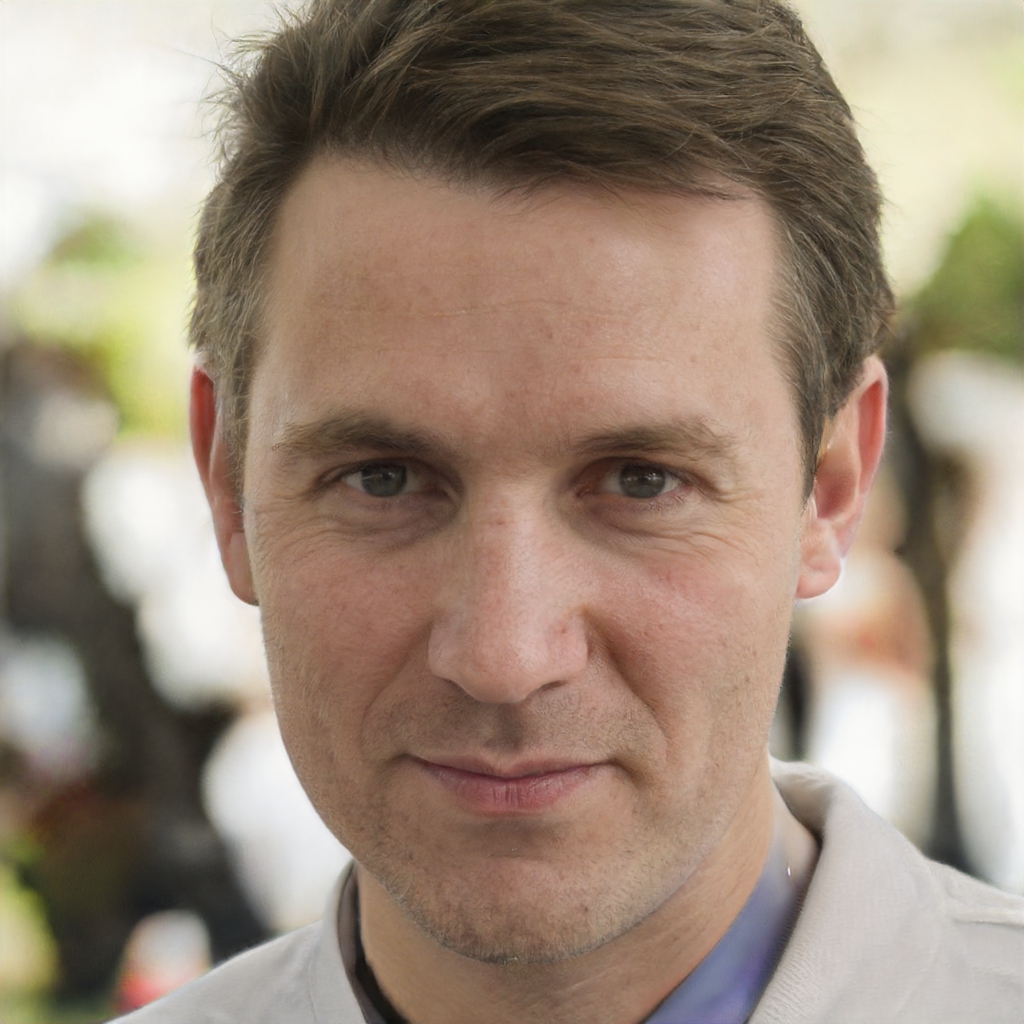A Guide To Understanding The ADHD Diagnosis Scale
What was the last thing you heard about ADHD? Was it from a TikTok creator who lived with the condition? Was it from one of the many millennials being diagnosed with it recently? Is it all starting to feel like a fad or a trend?
Author:Stefano MclaughlinReviewer:Dexter CookeJul 04, 202427.3K Shares479.9K Views

What was the last thing you heard about ADHD? Was it from a TikTok creator who lived with the condition? Was it from one of the many millennials being diagnosed with it recently? Is it all starting to feel like a fad or a trend? The conversation about ADHD, Autism, and other forms of neurodiversity has opened up a lot lately, and previously information that you had to study online MSP FNP programsto find is now just being published online by people who have had enough of their experiences being generalized and misunderstood.
Understanding ADHD or neurodiversity can be hard for people who have never considered that brains can develop differently, and chalked up different people’s quirks and foibles to the realm of personality, rather than a divergence in what is largely considered “typical” brain growth.
The reality is, that ADHD and Autism diagnoses have increased because our understanding of the brain and how it develops has increased; where once you had to be a screaming out-of-control child even to be considered for an ADHD diagnosis, the DSM-5 criteria for the condition and the scale have both expanded to account for the nuanced condition that ADHD is. Yet just because they’re nuanced, doesn’t mean they’re difficult to understand, and if you’re struggling to understand why someone you know or follow on social media is suddenly vocal about their diagnosis, this could be the guide for you.
ADHD And Neurodiversity
As people grow up, there are milestones to look out forto ensure that a person’s growth is “healthy” or “normal.” These milestones are designed to help people determine whether they or someone they’re close to, may have some form of developmental disorder. Yet there is a common element among all of them, in that it is far easier to track physical developments rather than mental ones, and depending on the attentiveness and pre-existing knowledge of a child’s adult influences, ADHD, Autism, and other neurodiverse conditions can be easily missed.
But what is “neurodiversity?”
Simply put, “neurodiverse” is the term given to a person whose brain development has deviated (or “diverged”) from what is considered “normal” (though the term “normal” itself is considered inaccurate’ as there is truly no “normality” when it comes to cognition and thought processes.) It is important to recognize that neurodiversity occurs because a person’s brain develops differently from “standard” developmental measurements. Once, many of the conditions now defined as neurodiversewere considered mental illnesses.
Neurodiversity is not a mental illness, and though it can be medicated and therapy is often used to address it, this is because the world is built on a neurotypical (“normal”) foundation, and life does not operate in a way that is inclusive or supportive of neurodiverse individuals.
ADHD is the term given to a brain that has grown with a smaller pre-frontal cortex. As a result, the person with this type of brain will experience difficulty in focusing, regulating emotions, regulating their attention, controlling impulses, and executive functioning.
ADHD Diagnosis Scale
Dr. Keith Connors (1960-2017) was the pioneering psychiatrist who developed the Connors Rating Scale, the current questionnaire that is one of the primary diagnostic tools for Attention Deficit Hyperactivity Disorder (ADHD). The scale, combined with assessment from a licensed and qualified professional, and the lack of any social or mental factors that could be causing behaviours associated with ADHD, all present a comprehensive picture of whether or not a person has ADHD.
Since the creation of Dr Connors’ scales, there have been numerous updates to it, and even other forms of the scales based on who is answering, for example, there is a version of the scales made for parents to fill out on behalf of their children. Although the Conners Scale may be the first and arguably most well-known diagnostic scale for ADHD, it is not the only scale, and certain industry professionals may prefer to use one over the other depending on the patient or the situation.
The DSM-5 Diagnostic Criteria
The DSM-5 (Diagnostic and Statistical Manual of Mental Disorders 5) is the chief diagnostic resource for most mental illnesses, but it also contains the diagnostic criteria for neurodiverse conditions as well. Although the previously mentioned scales provide a good snapshot as to whether or not a person has ADHD, assessments carried out by mental health professionals utilise the DSM-5 diagnostic criteria to determine whether or not a person has ADHD.
Receiving a diagnosis can often look different from person to person, however, it typically begins with a visit to your GP to confirm an initial set of diagnostic criteria. If there appears to be precedent for the presence of ADHD, the doctor will likely refer the patient to a specialist for more in-depth diagnostic tests, which will make use of any one of the scales, the DSM-5 diagnostic criteria, medical tests (usually to determine whether or not the patient is eligible for ADHD medication), and two or more interviews with the patient to determine behaviour patterns throughout their life.
ADHD And Self-Diagnosis
Receiving a formal diagnosis can take a long time and with the wealth of information in the world regarding neurodiversity, its symptoms, and how to live with it, more and more people are turning to self-diagnosis or self-assessment. This is turning out to be somewhat of a double-edged sword.
While the prevalence of information is a step in the right direction, the use of social media to spread such information means that there is some prevalence of misinformation, with studies showing that just over half of ADHD-based content on the social media platform TikTok was misleading.
It seems, however, that the answer to this may be monitoring how much screen time children have access to, and fostering an environment of communication where people feel safe to express concerns openly. Many people with ADHD have found validation and community through neurodiverse creators on social media platforms, and it is through this widespread social communication that many neurodiverse people have discovered the reasons for (and effective methods of dealing with) their lifelong struggles.

Stefano Mclaughlin
Author
Stefano Mclaughlin is a Psychologist focused on mental health, emotional well-being, and healthcare policy. He studied Psychology and Public Health at the University of Massachusetts Amherst, gaining a deep understanding of the intersection between mental health and public policy.
Stefano's mission is clear: he aims to destigmatize mental health discussions, improve access to mental healthcare, and promote emotional well-being for all. Drawing from personal experiences with anxiety and depression, Stefano shares real stories to make mental health topics more relatable and less intimidating.
In addition to his advocacy work, Stefano enjoys delving into books, experimenting in the kitchen, and embarking on new adventures. These hobbies fuel his creativity and inspire fresh perspectives for his advocacy work.

Dexter Cooke
Reviewer
Dexter Cooke is an economist, marketing strategist, and orthopedic surgeon with over 20 years of experience crafting compelling narratives that resonate worldwide.
He holds a Journalism degree from Columbia University, an Economics background from Yale University, and a medical degree with a postdoctoral fellowship in orthopedic medicine from the Medical University of South Carolina.
Dexter’s insights into media, economics, and marketing shine through his prolific contributions to respected publications and advisory roles for influential organizations.
As an orthopedic surgeon specializing in minimally invasive knee replacement surgery and laparoscopic procedures, Dexter prioritizes patient care above all.
Outside his professional pursuits, Dexter enjoys collecting vintage watches, studying ancient civilizations, learning about astronomy, and participating in charity runs.
Latest Articles
Popular Articles

